Tuesday, Sept. 11, 2012 | 2 a.m.
Related column
Las Vegas is internationally known as the home of gamblers, showgirls and every variety of Elvis one can imagine.
But it’s also home to some serious pests (and no, we’re not talking about the smut peddlers on the Strip).
Scorpions, spiders, ants and mice all thrive here, thanks to Las Vegas’ hot summers, dry winters and rainy springs.
The city even hosted the North American Bedbug Summit last week at Red Rock Resort. The convention welcomed upward of 1,400 people, including entomologists, pest managers, housing executives, university representatives and government officials.
Which creepy crawlers call the valley home? Keep reading:
-
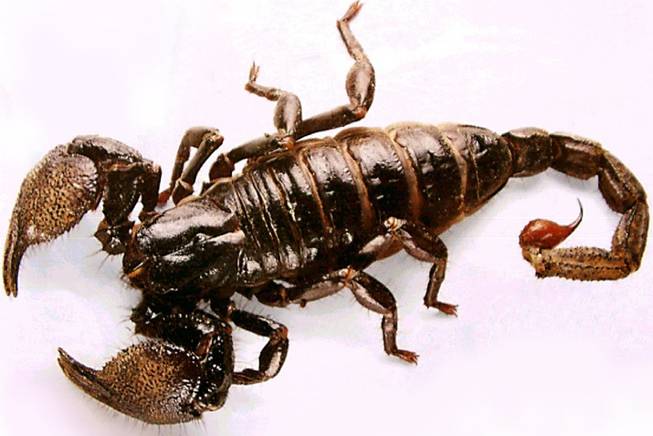
Scorpions
Related to spiders, mites and ticks, scorpions are eight-legged venomous arachnids. Their stings cause an unpleasant reaction that can include nausea, numbness, vomiting, breathing difficulties or convulsions. No one has ever died in the United States from a scorpion sting, but experts believe it can be life-threatening.
Scorpions can live many years, and getting rid of them takes time, even with a professional exterminating service. When temperatures cool, these creatures seek warmer environments and may try to enter your home. Sealing cracks, especially around light fixtures, light switches and baseboards, can help keep them out.
-
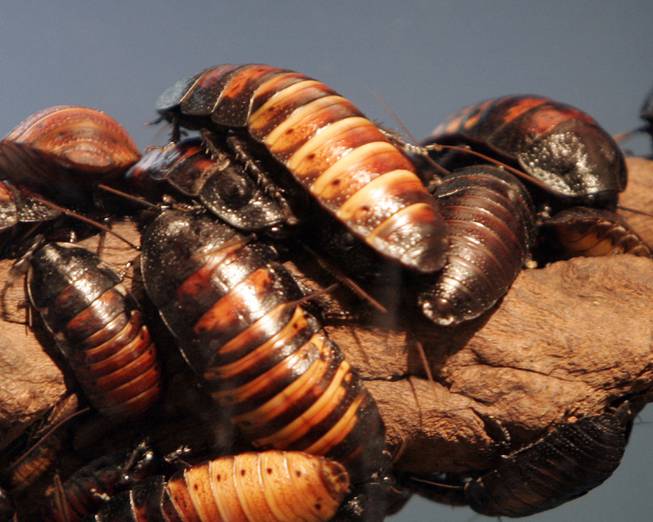
Cockroaches
There are four common types of cockroaches in the valley: the large, dark American cockroach, also known as a water bug or palmetto bug; the Australian cockroach, a smaller version of its American cousin; the Oriental cockroach, often called a black beetle because of its reddish-brown or black hue; and the German cockroach, the smallest with two black streaks on its back.
Found in nearly every part of the world, cockroaches are among the most primitive living insects. Ranging in length from 0.1 to 3.2 inches, they can fly and swim (even underwater), survive without food for long periods of time and rest in one spot without moving for several hours. The omnivorous insects feed only at night and consume just about anything.
They have three body parts: the thorax, the middle section with six legs and two wings; the abdomen, which is the largest part, with several overlapping sections or plates that look like body armor; and the head, which is dominated by long antennae that are constantly moving and sensing the environment. Their mouths have jaws that move from side to side instead of up and down, allowing them to bite, chew, lick and lap up their food. Parts in their mouth called palpi allow them to taste something without having to eat it and can prevent their death when humans try to poison them.
-
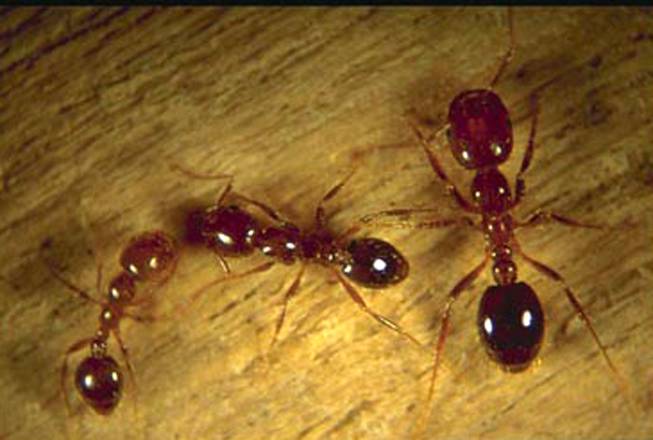
Ants
Ants, which cause the most pest problems in the country, can enter homes through the tiniest cracks. Controlling them can be difficult because they can nest anywhere in and around homes — even under cement foundations. They also leave an invisible chemical trail of pheromones for others to follow once they’ve found food.
Colonies usually number 300,000 to 500,000 and can move quickly when threatened.
Watch out especially for fire ants. They can cause a serious, painful sting that can cause an allergic reaction in some people.
-
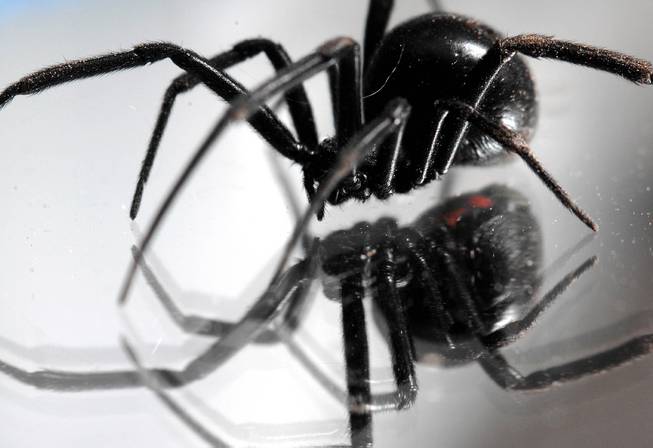
Spiders
Las Vegas is home to many types of spiders, but three in particular are common and can be potentially harmful.
• Desert recluse: The desert recluse spider hides in the darkest, smallest places it can find, making it a threat in homes. Usually brown, its body features a dark brown violin-shaped spot. Its legs are light brown, and its oval-shaped abdomen is dark brown, yellow or greenish yellow. Often mistaken for the brown recluse due to it's physical likeness, it has only three pairs of eyes instead of spiders’ usual four and has a longer leg span. But the recluse has no interest in humans and will bite only when being threatened or accidentally touched. According to the Mayo Clinic, its bite produces a mild stinging, followed by local redness and intense pain, usually within eight hours. A fluid-filled blister forms at the site, then sloughs off to leave a deep, enlarging ulcer. Reactions can vary from a mild fever and rash to nausea and listlessness. On rare occasions, death results, more often in children.
• Black widows: Black widows are easy to spot by their physical characteristics: the females have red hourglass marks on their black belles. Although serious, their bites are rarely lethal. Symptoms include fever, chills, nausea, vomiting and abdominal pain. Treatment may require an anti-venom.
• Camel spiders: Camel spiders, also known as wind scorpions or sun spiders, are neither spiders nor scorpions and have no venom. They do exhibit aggressive behavior, however, and may attack for no reason. They can run up to 10 mph and have large jaws that can produce an irregularly large bite. Antibiotic treatment is necessary if a bite becomes infected.
-
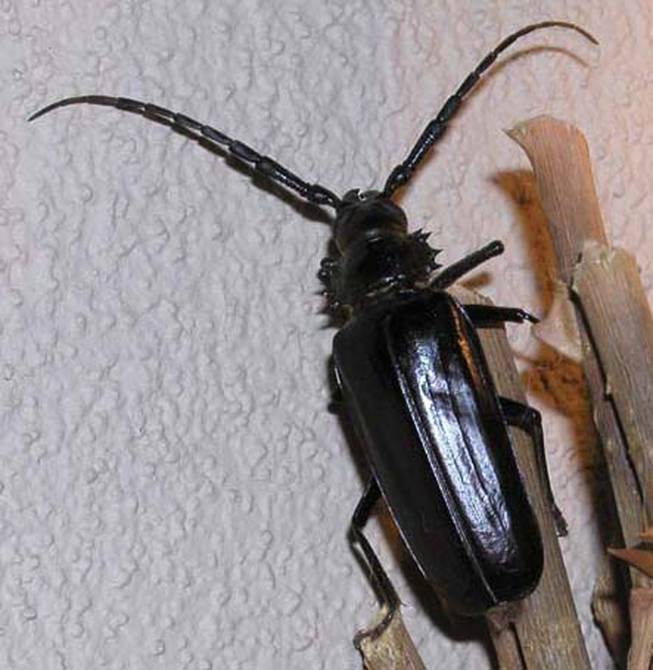
Elm root borer
Native to the Southwest and Northern Mexico, the elm root borer is one of the largest beetles in North America. Resembling a large cockroach, mature borer beetles can measure 6 to 8 inches. The flying insects are brown or black and have long antennae and spines on their thorax, which form a collar around their necks.
Adult beetles come out in the summer, usually at dusk. Treatment of an infestation is difficult since the insects' preferred food is tree roots. They may not be noticeable for a long time, and by the time damage is visible, it usually is beyond repair.
-

Bees
Africanized honeybees, known as killer bees, are well-established in Nevada.
The Africanized bee is a hybrid of African and European honeybees, neither of which is native to the Americas. They typically nest in places where people may inadvertently disturb them, prompting attacks. They sting in large numbers and will chase a target up to a quarter-mile.
-
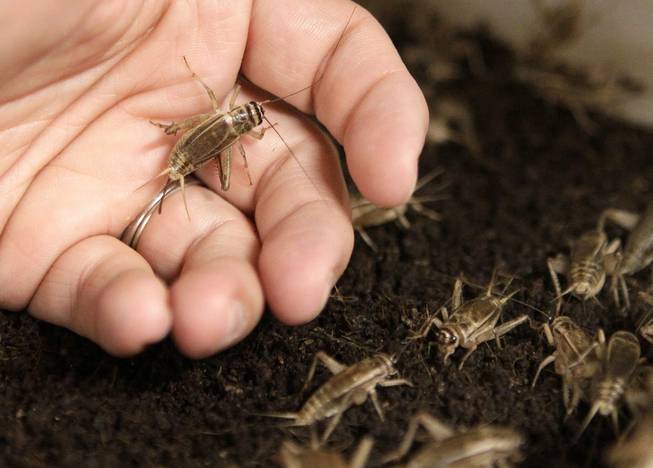
Crickets
Both an indoor and outdoor pest, crickets grow to be about 3/4 to 7/8 of an inch long. They are yellow, brown or straw colored with three dark bands across the top of their heads.
Although harmless, they reproduce quickly and make loud, high-pitched sounds at night. The chirping is produced when the males rub their forewings together to attract females. Female crickets can tell which males are largest based on the noises.
-
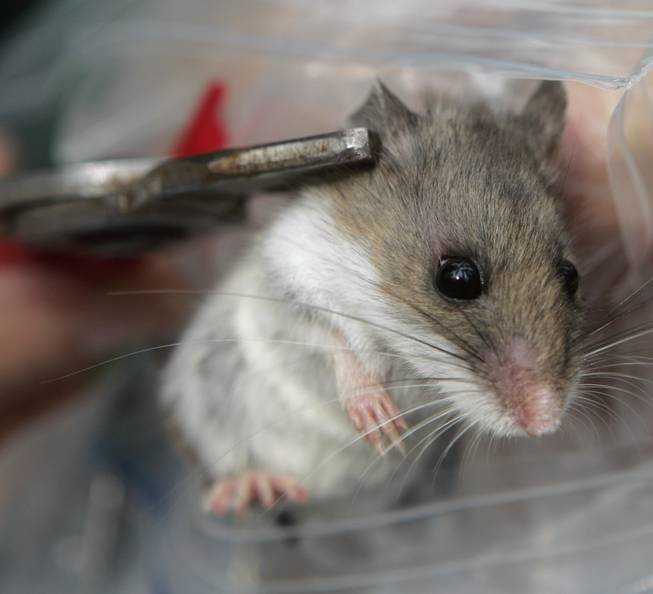
Mice
House mice, deer mice and white-footed mice are some of the most common mouse pests in the United States. Mice are members of the rodent family and usually are smaller than rats, weighing 11 to 22 grams.
Known as excellent climbers, they usually are grayish brown, although some species have white markings. They have poor vision and are colorblind, but their other senses are keen, especially hearing.
Rodents are known carriers of deadly diseases, such as hantavirus pulmonary syndrome. According to the Centers for Disease Control and Prevention, humans can contract the disease when they come into contact with infected rodents or their urine or droppings. HPS first was recognized in 1993 and since has been identified throughout the United States. Although rare, the disease potentially is deadly.
Rodent control in and around a home remains the best defense for preventing infection.
-
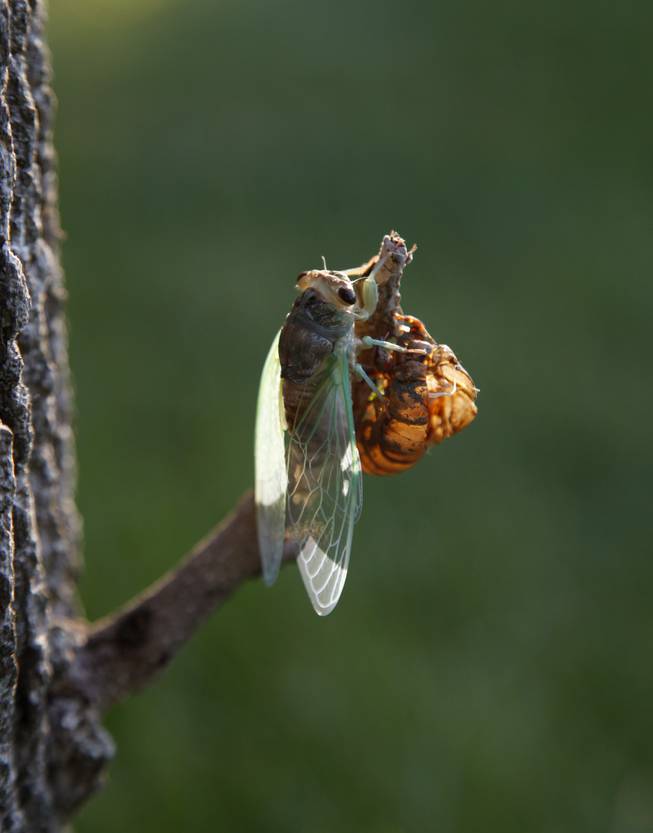
Cicadas
Although harmless, cicadas produce an annoying buzzing sound during the summer. When the temperature suits them, male cicadas vibrate two membranes on their abdomens, just behind their wings, creating rapid clicking sounds. Almost the entire cicada’s body acts as an amplifier.
There are about 2,500 species of cicadas around the world, and many are unclassified. Apache cicadas are native to the Las Vegas Valley and much of the Southwest. They live underground as nymphs for most of their lives, then emerge for a two-month adulthood before they die.
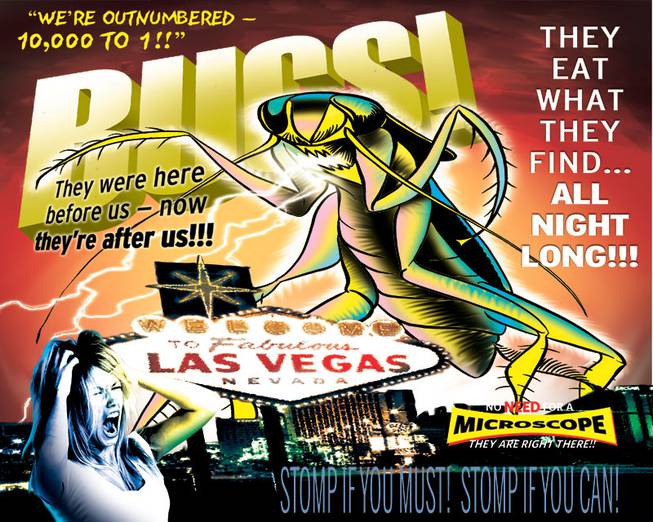










Join the Discussion:
Check this out for a full explanation of our conversion to the LiveFyre commenting system and instructions on how to sign up for an account.
Full comments policy